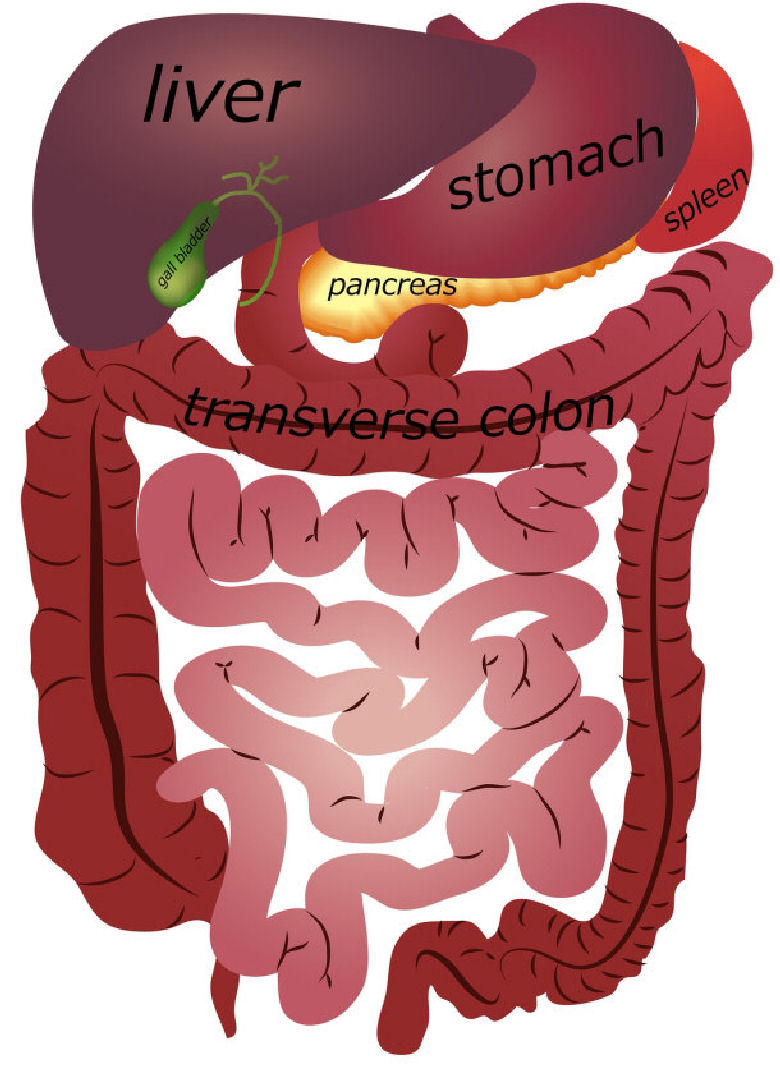Monthly Archives: April 2014
206.WHAT IS A PARASITE?
Sometimes you hear people say they don’t want to live like parasites; they want to make their own way. A parasite lives with, in, or on another organism, the “host.”
All living things depend on one another. But the parasite lives with another organism in a very special way. The parasite takes from the host and gives it nothing in return!
204.WHAT ARE GENES?
Before a child is born, we can predict many of the biological characteristics of the child by observing the parents. This is because we know the laws of heredity.
For example, if one parent has brown eyes and the other has blue eyes, the child will be brown-eyed. If neither parent has any brown pigment in the ring around the pupil, the child also will have pure blue eyes. If one of the parents has curly hair, then the child will have an even chance of having curly hair.
203.HOW LONG ARE OUR INTESTINES?
Most of us have a vague idea that somewhere inside of us there are coils and coils of intestines, amazing passageways through which food passes in the process of digestion. But few people have a clear understanding of just how they work.
The length of the large intestine in animals depends on the kind of food they eat. Meat-eating animals have shorter intestines because there is less digestive work to do. The food they live on has already done part of the job of digestion. People who live on vegetables are supposed to have longer intestines than meat-eating people.




